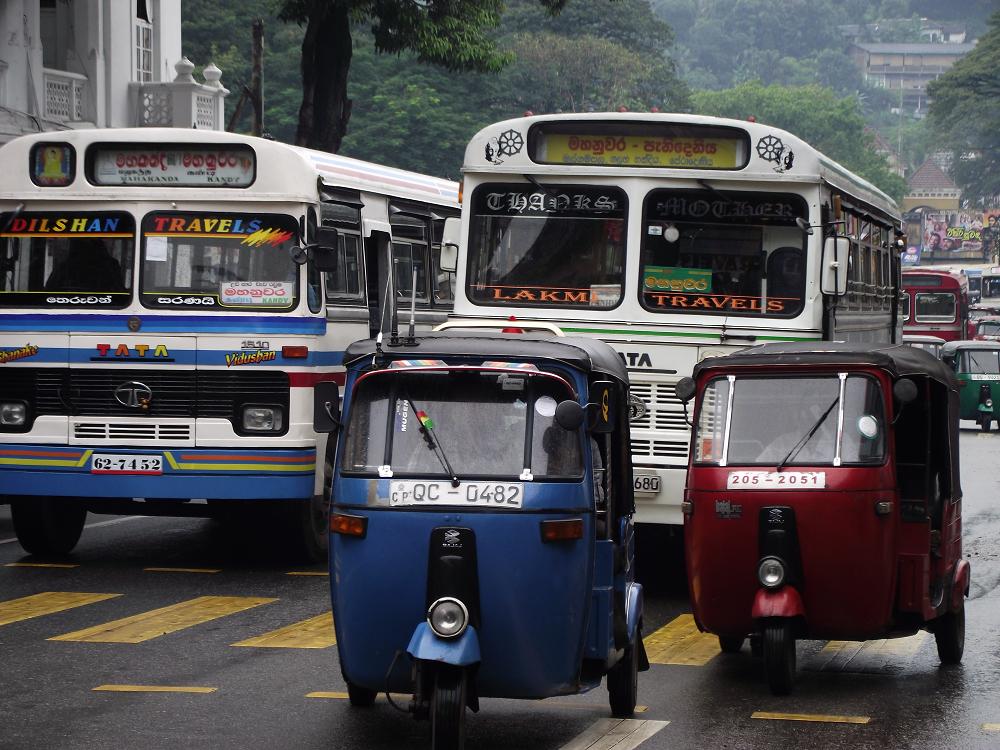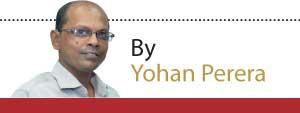UN Report Increases Pressure on Government Amid Continuing Human Rights Violations
Photo courtesy of Kumanan Kanapathippillai
SAVITRI HENSMAN-02/28/2022
There has been some progress on aspects of human rights in Sri Lanka in the past year according to a key United Nations report but major failings remain and, on some matters, the situation has grown worse. Sanctions against alleged perpetrators where there is strong evidence of serious abuses are among the measures recommended to strengthen accountability.
There has been a flurry of activity by the regime and its critics in the run up to the 49th session of the UN Human Rights Council (UNHRC). This is due to run from February 28 to April 1 2022, including a discussion on March 3 on Sri Lanka. In March 2021, a resolution highly critical of the regime’s treatment of ordinary Sri Lankans was passed the UNHRC. The Office of the High Commissioner on Human Rights, Michelle Bachelet, was asked to monitor the situation and report back.
While the government has made much of its proposed reforms to the harsh Prevention of Terrorism Act (PTA), the recent update on promoting reconciliation, accountability and human rights in Sri Lanka suggests that these are inadequate. Meanwhile, in the light of the Rajapaksa government’s failure to bring perpetrators of serious crimes to book, others abroad are beginning to step in, a trend which will intensify. On February 24, the day before the advance unedited version of the report was published, British war crimes police arrested a suspect in connection with the murder of a Tamil journalist, Mylvaganam Nimalrajan who was murdered in his home in Jaffna in October 2000.
The crisis caused by the Russian state’s invasion of Ukraine will overshadow the UNHRC’s gathering. It has also added to Sri Lanka’s economic instability, caused in part by mismanagement, and further undermined confidence in the political leadership, on top of the impact of other scandals. As Foreign Minister G.L. Peiris and his colleagues seek to win support from overseas governments and international institutions, the pressure to make more substantial changes will increase.
A grave situation
Promoting reconciliation, accountability and human rights in Sri Lanka mentions the impact of the economic crisis, including food poverty, and overall paints a sobering picture a year after the previous report, indicating that the hoped-for progress has not materialised. Issues include erosion of the independence of public bodies such as the Human Rights Commission of Sri Lanka (HRCSL) and Right to Information Commission. Civilian government functions are increasingly being militarised; in some cases, current or former military officers – including some accused of serious human rights violations – have been placed in senior positions in ministries.
While some of the land that the army took in the North and East during the civil war has been returned, further disputes have arisen. Some are a linked to a Task Force for Archaeological Heritage Management in the Eastern Province headed by the Defence Secretary, supposedly seeking to preserve Buddhist sites but in practice resulting in takeover of local people’s land. President Gotabaya Rajapaksa spoke at the UN General Assembly of the Government’s “firm intention to build a prosperous, stable and secure future for all Sri Lankans, regardless of ethnicity, religion or gender.” Yet in reality, Ms. Bachelet suggests, “actions by the Government during the past year have reinforced the nexus between Sinhalese nationalism, Buddhism and the state, increasing the sense of marginalisation and anxiety among Tamil, Muslim and Christian minority communities, and undermining the prospects for reconciliation.”
A Task Force on legal change headed by the leader of the Bodu Bala Sena (BBS), which is a “Buddhist” extremist organisation notorious for hate speech and worse, a statue of the Buddha put up (despite a court order) on what is believed to be the site of an ancient Hindu temple, measures targeting Muslims and failure to protect churches from attack are examples.
The report describes how civil society organisations, victim groups and human rights advocates are being targeted. The High Commissioner welcomed moves to reduce prison overcrowding during the COVID-19 pandemic, particularly the release of pre-trial detainees on bail. But suspicious deaths in custody have continued, along with torture and other mistreatment of those imprisoned or detained. A PTA Amendment Bill was brought before Parliament in February 2022, with some positive aspects but still falling far short of meeting international human rights obligations; arbitrary detention and torture are still far too easy.
While some longstanding detainees have been released, other people were still being locked up under the PTA and Ms. Bachelet again called for a stop to its use until replaced by a more just law. In March 2021 new de-radicalisation regulations had been added so that people could be detained for up to two years without a case going before a court.
Inadequate progress in reconciliation and accountability
With regard to allegations of past abuses, “The High Commissioner is gravely concerned about the continuing precarious situation of the families of the disappeared – the majority of whom are represented by women. In addition to their suffering and anguish in not knowing the fate and whereabouts of their loved ones, they continue to struggle with the desperate economic and social consequences this has had on their lives,” made worse by harassment and surveillance.
Some payments have been made to those whose lives have been damaged by past violence but detailed information is lacking and there have been workshops aimed at reconciliation yet, the report suggests, justice is crucial.
The dropping of charges against a former Navy commander for his involvement in the abduction and disappearance of 11 boys and men in 2008 and 2009, who was then appointed as the Governor of the North Western Province, again signals an unwillingness to address grave abuses. Failure to investigate more fully the 2019 Easter Sunday bombings, including the role of security forces, is another concern.
The report explains that the Office of the High Commissioner on Human Rights has been recruiting specialist staff and compiling information on alleged abuses by both the state and other groups (the UN has consistently condemned the Tigers too for violating human rights).
Facing the challenge
One paragraph that has been the focus of wide attention raises the issue of what can be done by the international community to acknowledge and respond to the suffering of those harmed by the regime’s failures. It states, “The High Commissioner’s previous report recommended that, among a range of measures, Member States explore possible targeted sanctions against credibly alleged perpetrators of grave human rights violations and abuses. On 10 December 2021, the United States Government announced that two Sri Lankan military officers implicated in grave violations would be designated under Section 7031(c) of the Department of State, Foreign Operations, and Related Programs Appropriation Act, 2021 and ineligible for entry to that country.” Not surprisingly, talk of sanctions has been met with strong reactions.
The report points out that this is a major piece of work and the extent of what can be achieved will largely depend on the support of members states and level of funding.
The conclusions underline the fact that human rights abuses and threats to democracy are not only historical: “In the last two years, the independence of the judiciary, the Human Rights Commission and other key institutions have been eroded, and democratic space, including for human rights advocacy constricted. There has been a further drift towards militarisation and an emphasis of Sinhala nationalism and Buddhism in State institutions has become more visible, increasing the marginalisation and uncertainty of minority communities, and undermining reconciliation. The forthcoming Constitution drafting process will be of critical importance for the independence of key institutions and issues of devolution and human rights should be monitored closely.”
Ms. Bachelet recognises signs of renewed openness of the government in engaging with her office and initial steps towards reform, including changes to the PTA but urges the government to go further and deeper. Although the government emphasises reparation and development, a broader approach is vital, according to the report.
There are a range of recommendations for the Sri Lankan authorities to strengthen human rights, as well as some aimed at the international community. These include working with victims to investigate and prosecute international crimes committed by all parties, continuing to explore possible targeted sanctions against those facing credible allegations of grave violations and protecting asylum seekers at risk if sent back.
The government disputes the accuracy of the report; however the claims made tie in with other findings from organisations gathering and analysing evidence on human rights in Sri Lanka. Foreign Minister G.L. Peiris is due to lead Sri Lanka’s delegation to UNHRC and speak during the interactive dialogue on March 3.
As yet more information comes to light about the scale and gravity of the wrongs done to ordinary Sri Lankans by people misusing power, it will become increasingly hard to ignore the calls for truth and justice as a foundation for healing and rebuilding.













 Q
Q 

